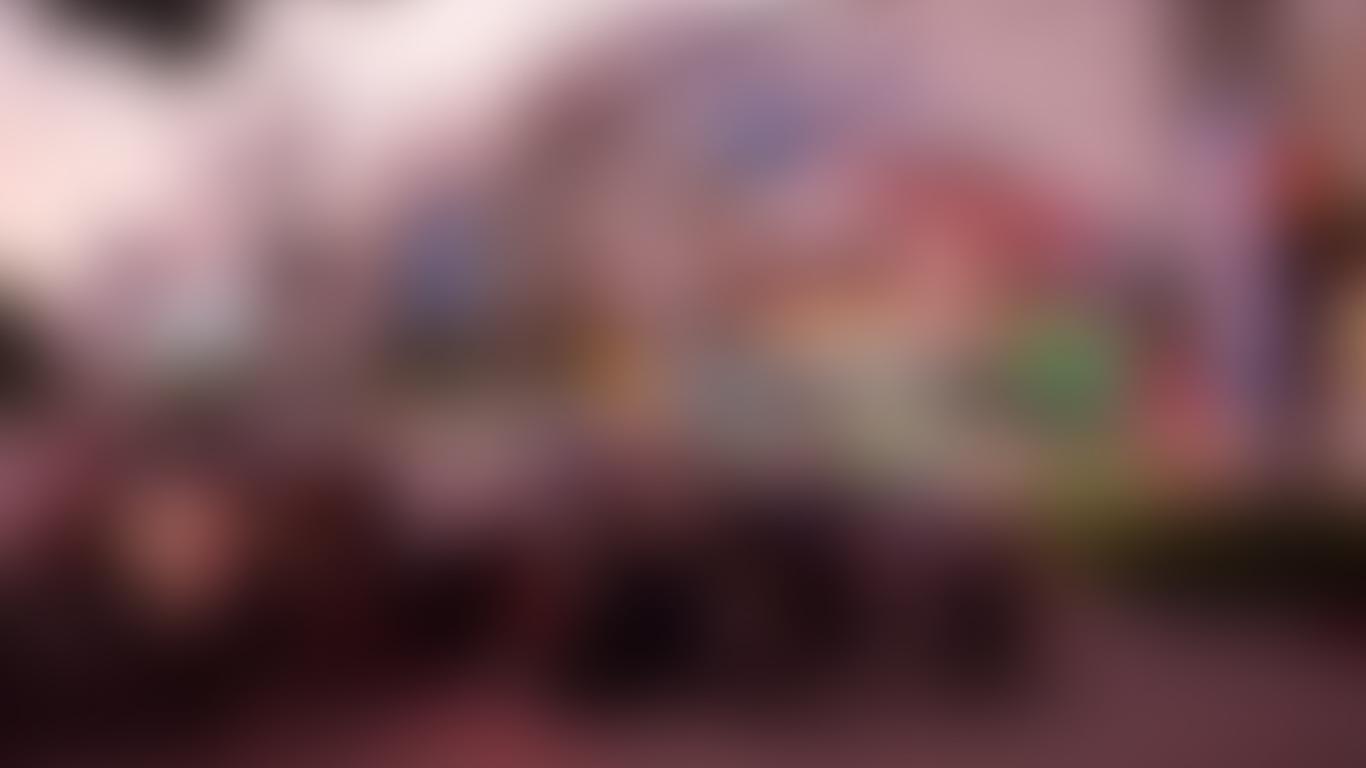Stretching west of Rügen, Hiddensee is a car-free German island in the Baltic Sea that is affectionately known as “Söte Länneken” (“Sweet Little Land”). With its endless stretches of sandy beaches, bird-filled salt marshes and fascinating cultural attractions, it has long been a popular holiday destination.
Things to do in Hiddensee
Begin your visit at the Hiddensee Local History Museum, which exhibits everyday artefacts and works from the island’s artists’ colony. To learn more, head to the Art Nouveau-style villa of Lietzenburg that was built in the early 20th century by artist Oskar Kruse. Also in the village of Kloster is the Hiddensee Island Church, which dates back to the 14th century.
Occupying a thatched-roof, trapezoidal building in the village of Vitte is the Hiddensee National Park House, which showcases the ecology of West Pomeranian Lagoon Area National Park. Paintings by Günter Fink are exhibited at the nearby Blaue Scheune, a traditional timber-frame farmhouse dating back to the early 19th century. Another famous local resident was the silent film actress Asta Nielsen, whose former home is open to the public as a museum.
On the west coast of Hiddensee is the Leuchtfeuer Gellen, a 12-metre-high beacon tower with a red, conical roof. Constructed in 1904, it has helped to guide ships through the Gellenstrom channel ever since and can be accessed along a coastal hiking trail. You can combine your visit to the Leuchtfeuer Gellen with a stop at the Fischereimuseum Hiddensee, which details the local fishing industry.
Getting around Hiddensee
Regular ferries connect to Hiddensee from Stralsund and Schaprode on the island of Rügen. Private motor vehicles are banned on Hiddensee, with public buses connecting between the villages of Grieben, Kloster, Vitte and Neuendorf. Horse-drawn carriages are also available for getting around the island.





